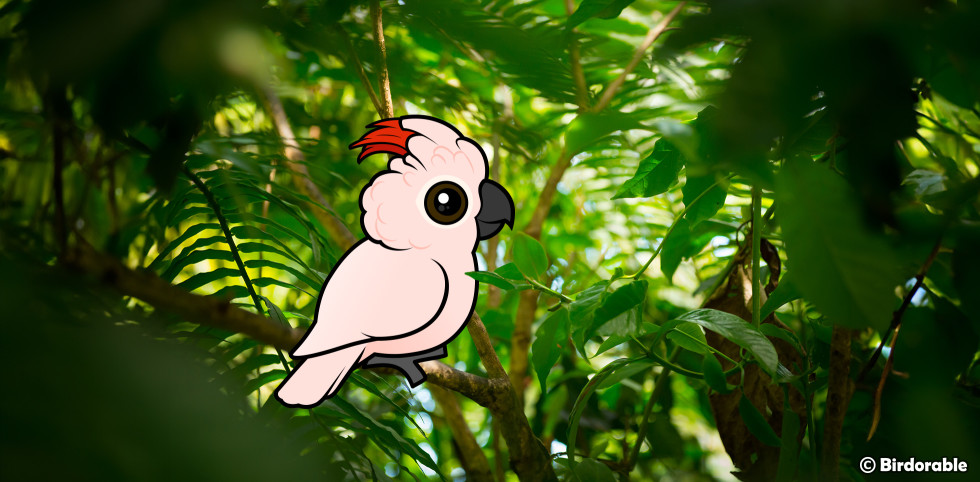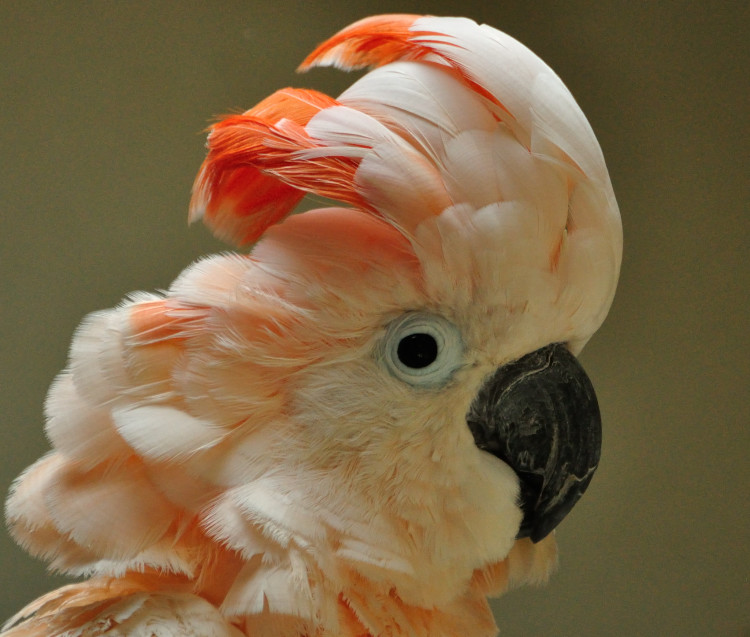Meet the Majestic Moluccan Cockatoo: Our Newest Birdorable

We're thrilled to introduce the latest addition to our Birdorable family: the Moluccan Cockatoo, also known as the s. This striking parrot, native to the serene South Moluccas islands in Indonesia, stands out not just for its vibrant personality but also for its impressive size, being the largest among the white cockatoos. The Moluccan Cockatoo, with its soft white plumage, embodies the exotic beauty and mystery of its tropical homeland.
One of the most captivating features of the Moluccan Cockatoo is its magnificent retractable crest. Unlike any other, this crest, when fully extended, reveals a stunning display of bright red-orange plumes. This dazzling spectacle is not just for show; the cockatoo uses it as a means of communication. When excited, threatened, or when trying to impress a mate, the Moluccan Cockatoo raises its crest to express its emotions or to intimidate potential predators. This dynamic use of feathers highlights the bird's complex behavior and social interactions.
The Moluccan Cockatoo's presence is as commanding as it is enchanting. With a robust build, they can reach lengths of up to 20 inches from head to tail. Their strong, curved beak is not only a tool for cracking open hard nuts and seeds but also serves as a 'third foot' when climbing around their forested habitats. These parrots are highly intelligent and social creatures, known for their ability to mimic sounds and for forming strong, lifelong bonds with their mates.

Salmon-crested cockatoo, also known as the Moluccan cockatoo, by m.shattock (CC BY-SA 2.0 DEED)
However, the Moluccan Cockatoo faces challenges in the wild, primarily due to habitat loss and the pet trade. Their striking appearance and sociable nature have made them popular in the pet trade, which, coupled with deforestation in their natural habitats, threatens their survival. Conservation efforts are crucial to ensure that these magnificent birds continue to thrive in the wild. Protecting their natural habitats and regulating trade are essential steps in preserving the species for future generations.
For bird lovers and enthusiasts, the Moluccan Cockatoo represents the epitome of avian beauty and complexity. Their intelligence, coupled with their emotional expressiveness, makes them fascinating subjects of study and admiration. As part of the Birdorable family, the Moluccan Cockatoo serves as a reminder of the incredible diversity of our planet's avian life and the importance of conservation efforts to protect these remarkable creatures.














Comments
Leave a comment
Thank you!